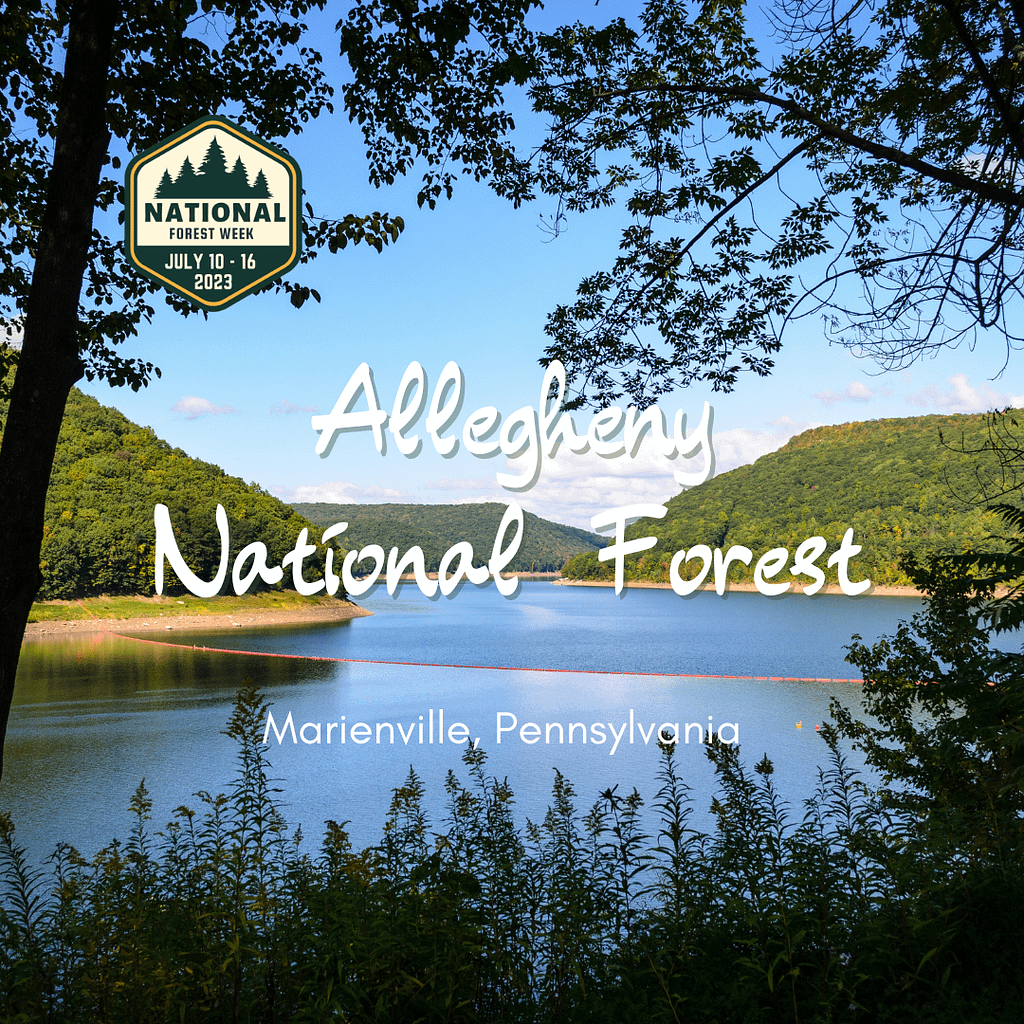
Situated in the northwestern corner of Pennsylvania, the Allegheny National Forest captivates visitors with its expansive beauty and diverse ecosystems. Covering over 513,000 acres, this majestic forest provides a haven for outdoor enthusiasts seeking adventure and tranquility alike. With its lush woodlands, meandering rivers, and abundant wildlife, the forest invites exploration and discovery at every turn. Shifting from the dense canopy to the open meadows, hikers and nature lovers can immerse themselves in the vibrant tapestry of flora and fauna. Moreover, the forest’s well-maintained trails and scenic vistas create a perfect backdrop for camping, fishing, and picnicking throughout the year. As you journey through this enchanting landscape, the Allegheny National Forest promises an unforgettable experience that highlights the natural splendor of Pennsylvania.
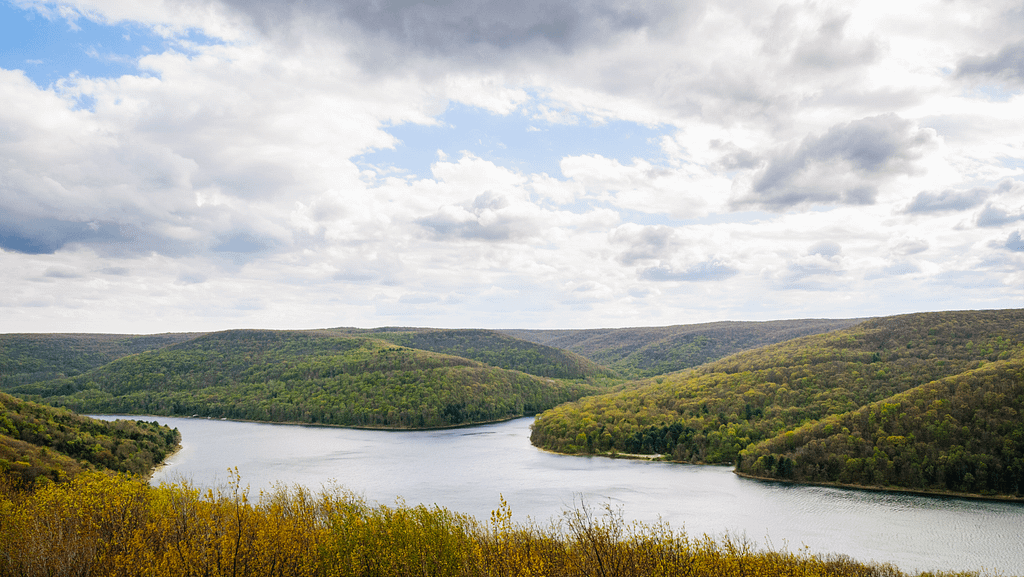
Origin and History
The Allegheny National Forest was established in 1923, marking a significant effort by the United States government to restore lands that had been depleted by extensive logging and industrial activities. Initially, these lands were left barren and eroded, rendering them unsuitable for agriculture and habitation. In response, the federal government initiated reforestation and conservation projects to rehabilitate the landscape. By prioritizing sustainable land management practices, the forest slowly regained its natural vitality, becoming a thriving ecosystem that now supports an array of wildlife and plant species.
Through the years, the Allegheny National Forest has evolved into a treasured natural reserve, reflecting the successful collaboration between conservationists and local communities. During the mid-20th century, the forest became a focal point for conservation efforts that aimed to balance ecological preservation with recreational use. These efforts led to the development of extensive trail networks and recreational facilities, which today attract visitors from all over the country. As the forest continues to thrive, it stands as a testament to the power of environmental stewardship and a symbol of Pennsylvania’s commitment to preserving its natural heritage for future generations.
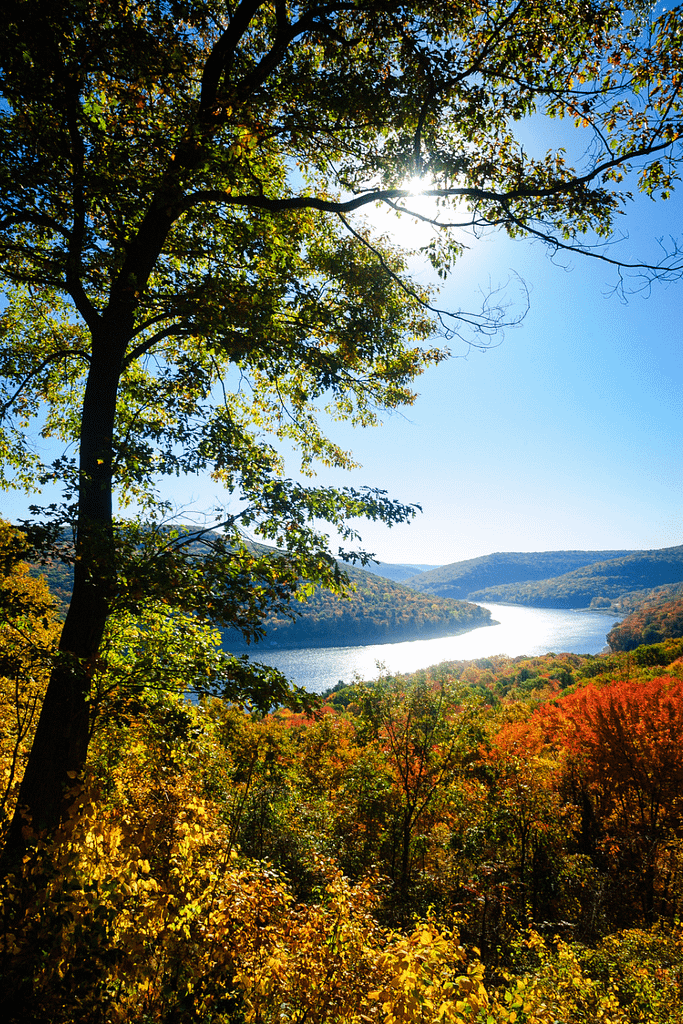
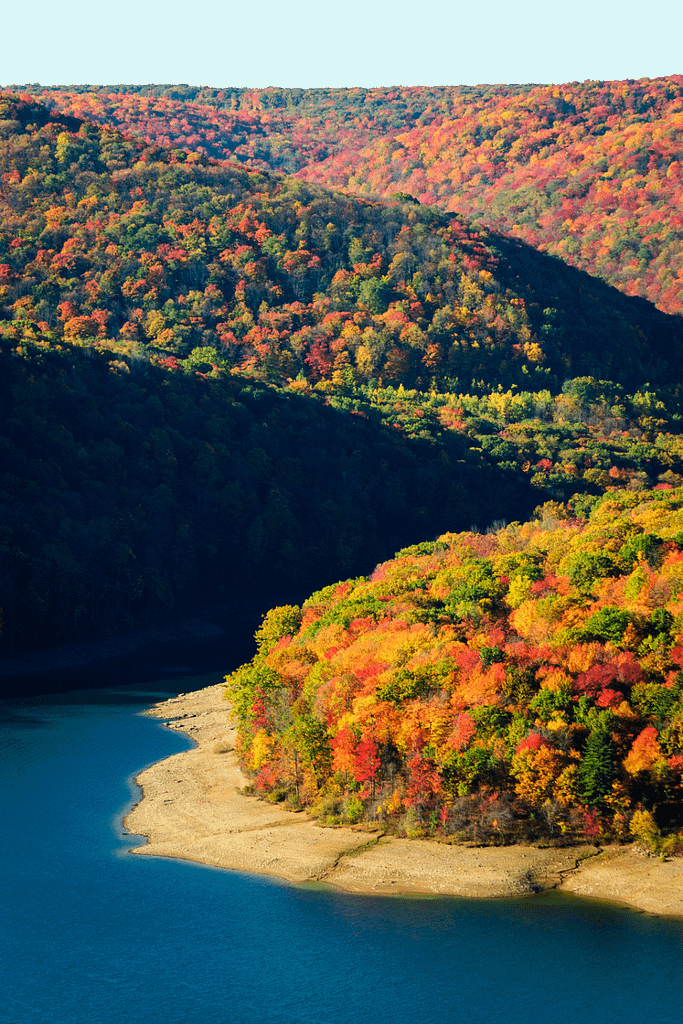
Trees of the Forest
Throughout the Allegheny National Forest, majestic trees create a verdant tapestry, showcasing a rich diversity of species that thrive in this northern Pennsylvania haven. Towering oaks, including the red and white varieties, stretch toward the sky, their broad canopies providing welcome shade for visitors exploring the forest trails. Meanwhile, maples, celebrated for their vibrant autumn hues, add splashes of color to the landscape, transforming the forest into a painter’s palette during the fall months. Interspersed among these giants, the sturdy American beech trees stand with their smooth, silvery bark, lending an air of elegance to the forest floor. Moving from one area to another, you may find groves of hemlock and pine, their evergreen needles whispering in the breeze, creating a serene atmosphere for those seeking solace in nature.
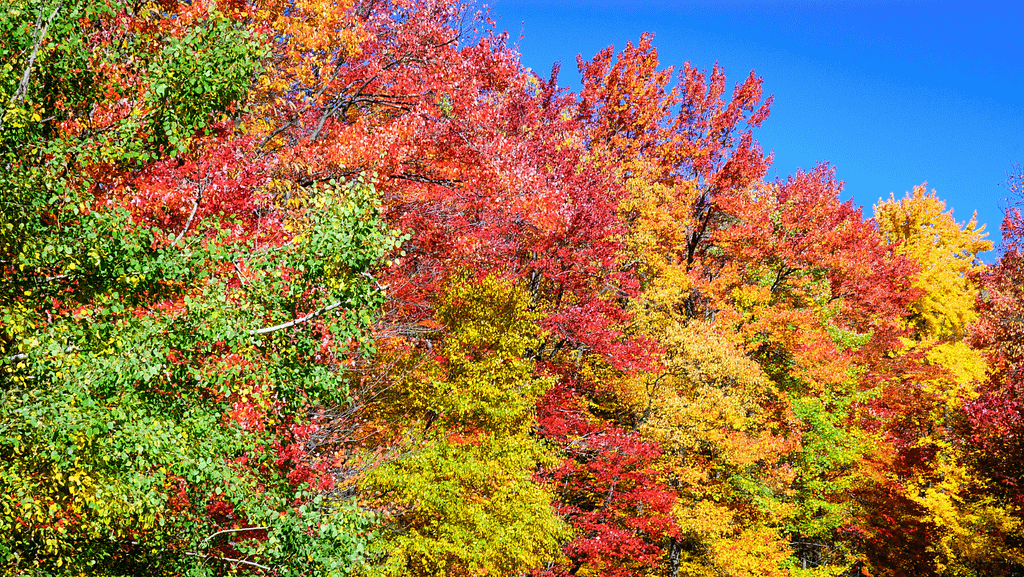
Furthermore, the Allegheny National Forest boasts an array of understory trees and shrubs, contributing to the forest’s complex ecosystem. Dogwood and serviceberry trees, with their delicate blossoms, herald the arrival of spring, offering a feast for the eyes and a crucial food source for wildlife. In the denser parts of the forest, sassafras trees, with their uniquely shaped leaves, add a touch of whimsy, while the aromatic black cherry trees stand ready to yield their fruit to birds and mammals alike. Thus, the diverse tree population of the Allegheny National Forest not only enhances its beauty but also supports the intricate web of life that thrives within its borders.
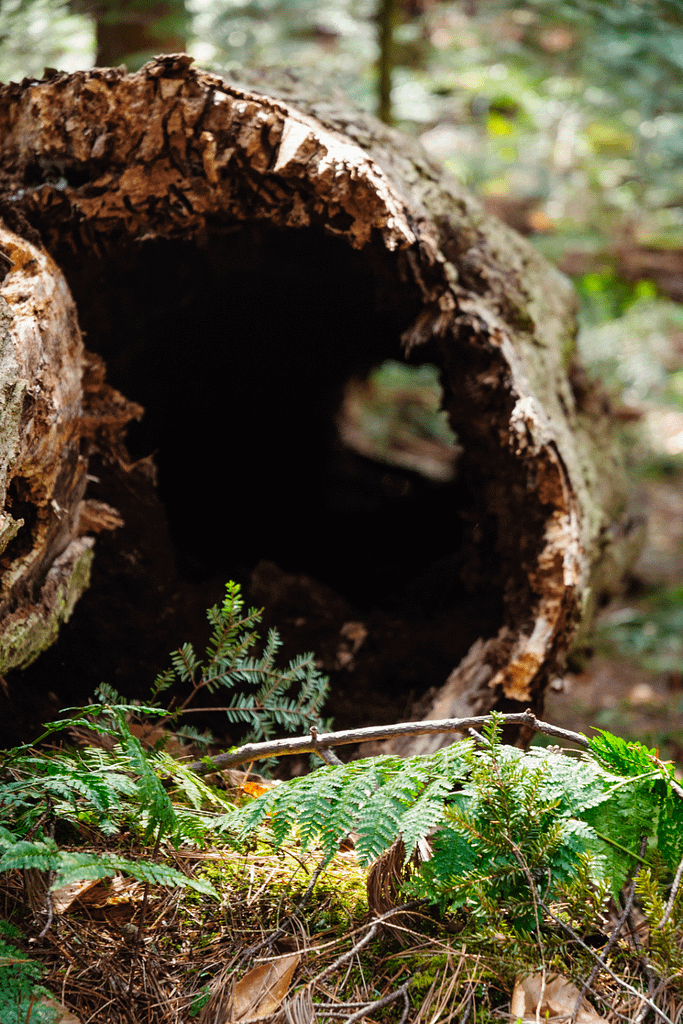
Wildlife Habitats
In the Allegheny National Forest, diverse wildlife habitats flourish, offering a sanctuary for a wide range of animal species. Nestled among the towering trees and lush underbrush, numerous creatures find shelter and sustenance in this thriving ecosystem. The forest’s meandering rivers and sparkling streams create ideal environments for aquatic life, supporting fish such as trout and bass, while also providing vital hydration spots for land-dwelling animals. Moreover, the dense woodlands serve as a refuge for mammals like white-tailed deer, black bears, and elusive bobcats, allowing them to roam freely and safely within their natural habitat. Meanwhile, birds, from the vivid warblers to the majestic bald eagles, find nesting grounds in the canopy, filling the air with their harmonious melodies.
Furthermore, the forest’s varied topography, including open meadows and rugged hills, contributes significantly to the diversity of habitats available. These open spaces offer grazing grounds for smaller mammals and feeding areas for ground-nesting birds, enhancing the forest’s ecological richness. Additionally, the presence of wetlands and marshy areas supports amphibians and reptiles, such as frogs and turtles, adding to the vibrant tapestry of life that thrives here. As a result, the Allegheny National Forest not only fosters an abundant wildlife population but also plays a crucial role in maintaining the biological diversity of the region.
Wilderness Areas
The Allegheny National Forest is home to several designated wilderness areas, each offering unique landscapes and opportunities for exploration. These protected areas preserve the natural beauty and ecological integrity of the forest, providing visitors with a glimpse into untouched environments.
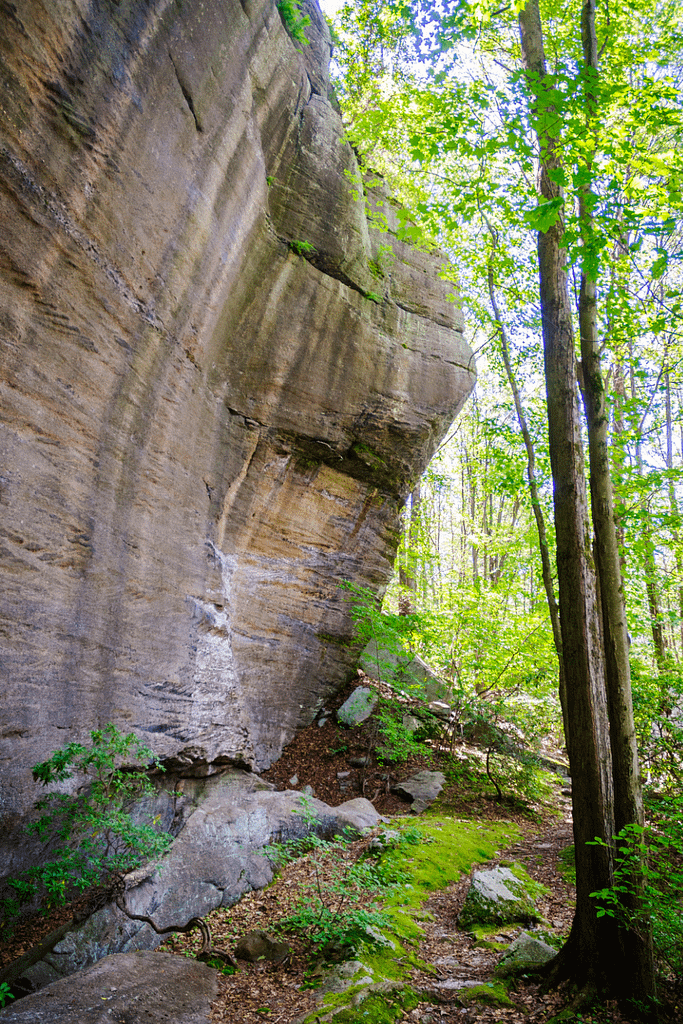
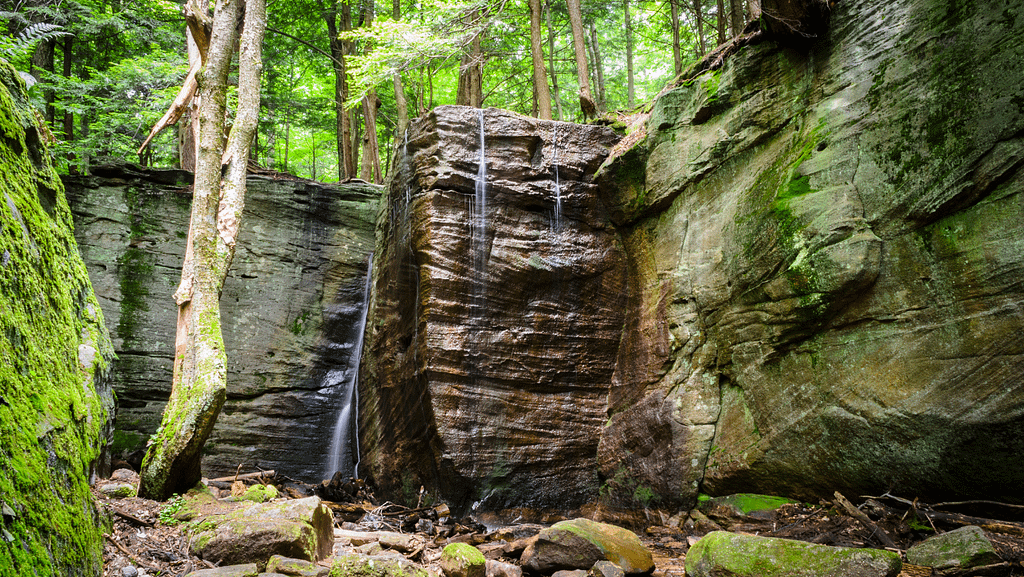
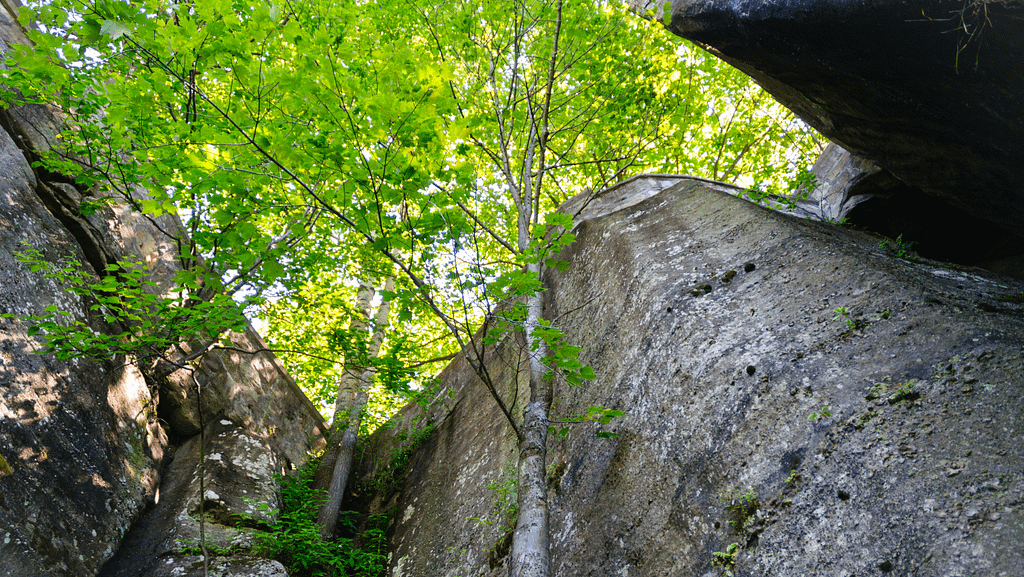
- Hickory Creek Wilderness Area – The Hickory Creek Wilderness Area spans approximately 8,663 acres and invites adventurers to experience its unspoiled beauty. The area features dense forests dominated by hardwoods and hemlocks, creating a serene and shaded environment. Hikers can traverse its primitive trails, where they might encounter diverse wildlife and enjoy the tranquility of nature.
- Allegheny Islands Wilderness Area – Comprising seven islands along the Allegheny River, the Allegheny Islands Wilderness Area covers over 368 acres. This unique wilderness offers a blend of riparian habitats and forested landscapes. Visitors can explore the islands by boat, observing the rich biodiversity that includes nesting birds and aquatic life. The islands provide a rare opportunity to experience a relatively undisturbed riverine ecosystem.
Each wilderness area within the Allegheny National Forest offers distinct experiences, showcasing the diverse ecosystems and natural beauty of this remarkable region.
Notable Features
Beyond its lush forests and diverse wildlife, the Allegheny National Forest is home to several other notable features that enhance its appeal and offer unique experiences for visitors.
- The Kinzua Dam and Reservoir – Constructed on the Allegheny River, the Kinzua Dam creates the expansive Allegheny Reservoir, offering opportunities for boating, fishing, and scenic views. The reservoir’s clear waters and surrounding hills provide a picturesque setting for outdoor recreation, making it a popular destination for locals and tourists alike.
- The North Country National Scenic Trail -This extensive trail system meanders through the Allegheny National Forest, offering hikers an immersive experience in Pennsylvania’s wilderness. The trail winds through diverse landscapes, including dense forests and open meadows, providing numerous opportunities for wildlife observation and photography.
- The Longhouse National Scenic Byway – As a scenic drive through the heart of the Allegheny National Forest, the Longhouse National Scenic Byway offers breathtaking views of the surrounding landscape. Traveling this route, visitors can enjoy vistas of the Allegheny Reservoir and the lush forest canopy, making it a perfect journey for those seeking a leisurely exploration of the area.
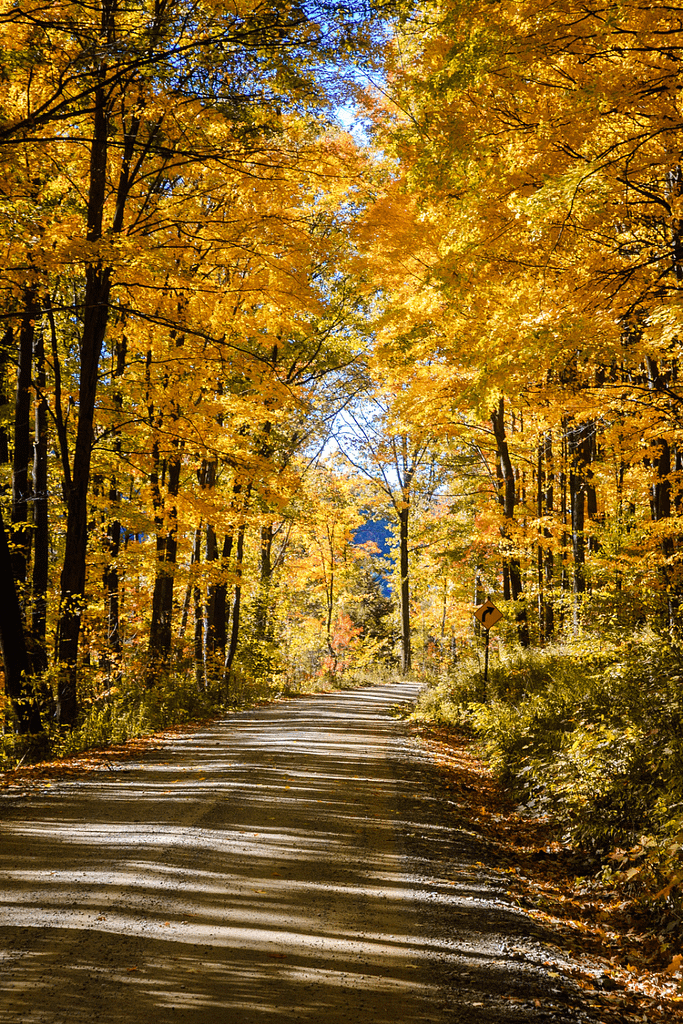
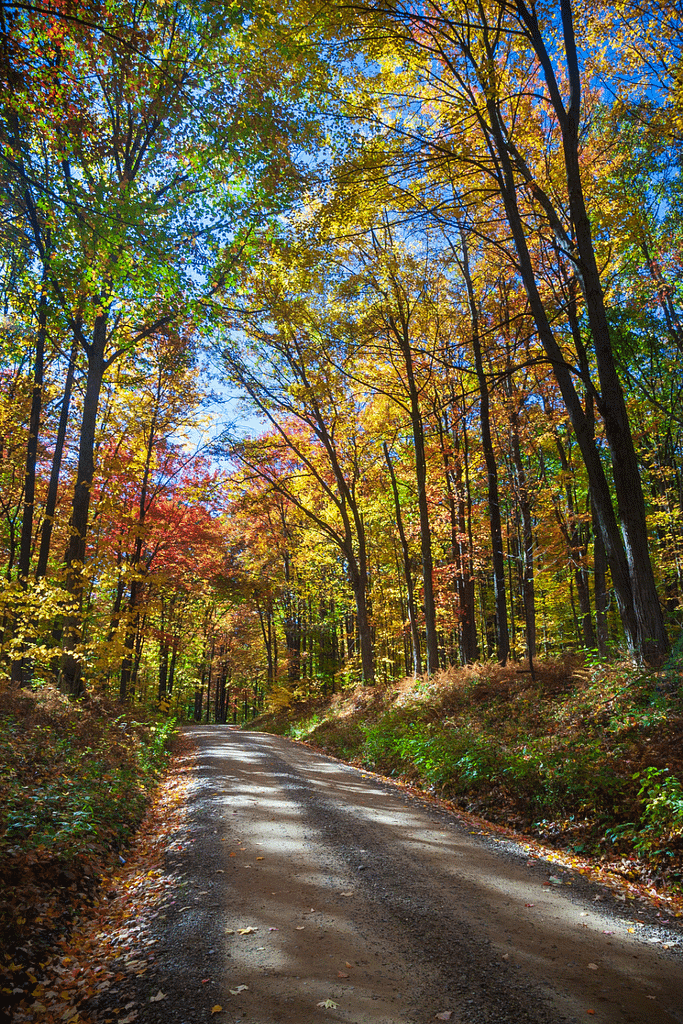
National Wild and Scenic Rivers
- Clarion Wild and Scenic River -Flowing through the Allegheny National Forest, the Clarion River is designated as a National Wild and Scenic River. This distinction highlights its exceptional natural beauty, recreational opportunities, and historical significance. Paddlers and anglers frequent its clear waters, which are lined with forested banks and offer a serene escape into nature.
- Allegheny Wild and Scenic River – The Allegheny River, also designated as a National Wild and Scenic River, snakes through the forest, providing stunning riverine landscapes and rich biodiversity. This waterway invites visitors to explore its gentle currents by canoe or kayak, offering a peaceful journey through one of Pennsylvania’s most cherished natural environments.
These features and river routes within the Allegheny National Forest not only enhance its natural allure but also provide ample opportunities for recreation and appreciation of this unique ecosystem.
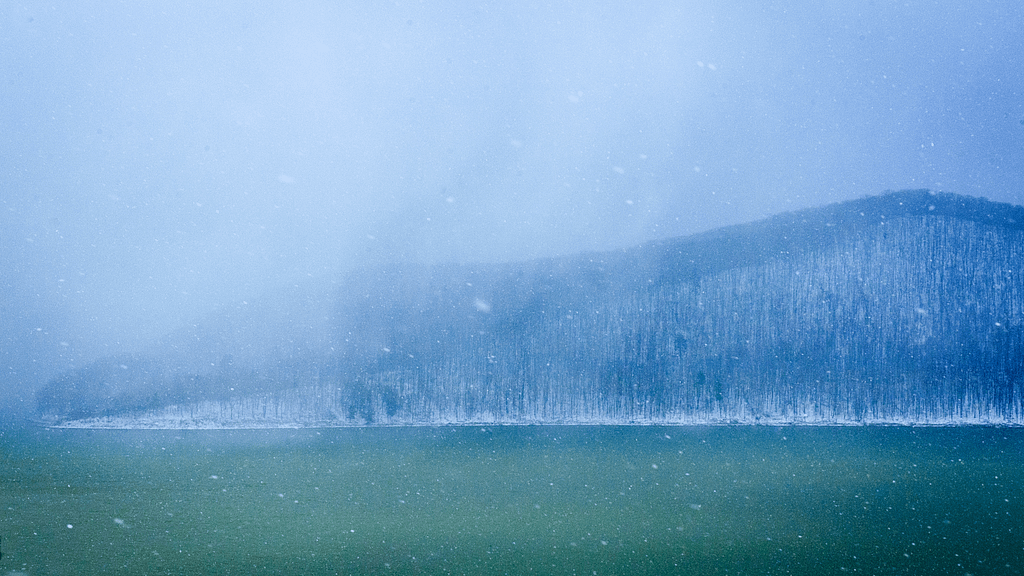
Outdoor Recreational Opportunities
Visitors to the Allegheny National Forest engage in a variety of recreational activities, enjoying the natural beauty and tranquility of the landscape. Hiking enthusiasts can explore numerous trails, ranging from easy walks to challenging treks, each offering stunning views of the forest’s diverse ecosystems. Popular trails such as the North Country National Scenic Trail and the Morrison Trail provide opportunities for observing wildlife and experiencing the seasonal changes of the forest. These trails wind through lush woodlands, open meadows, and along the sparkling streams that crisscross the area, inviting hikers to immerse themselves in the serene surroundings.
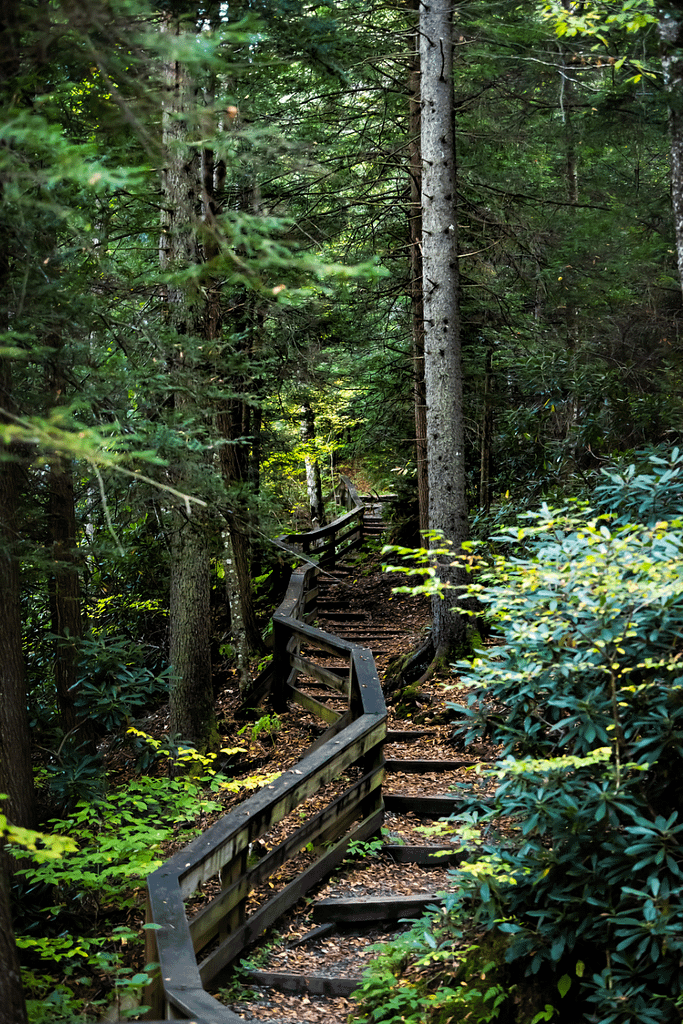
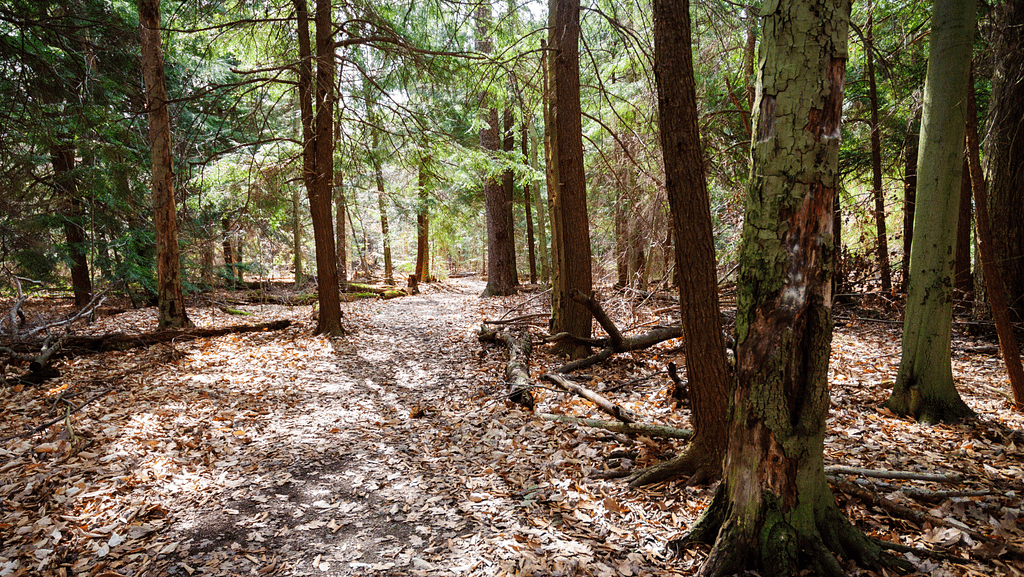
For those who prefer water-based activities, the Allegheny Reservoir and its surrounding rivers offer opportunities for boating, fishing, and kayaking. Anglers relish the chance to catch a variety of fish species, including bass and trout, while paddlers navigate the gentle currents of the Clarion and Allegheny Rivers. These waterways, designated as National Wild and Scenic Rivers, provide a peaceful escape into nature, with forested banks offering picturesque settings for picnicking and relaxation. The reservoir itself, with its expansive waters and scenic vistas, attracts boating enthusiasts who delight in exploring its hidden coves and enjoying the panoramic views of the surrounding hills.
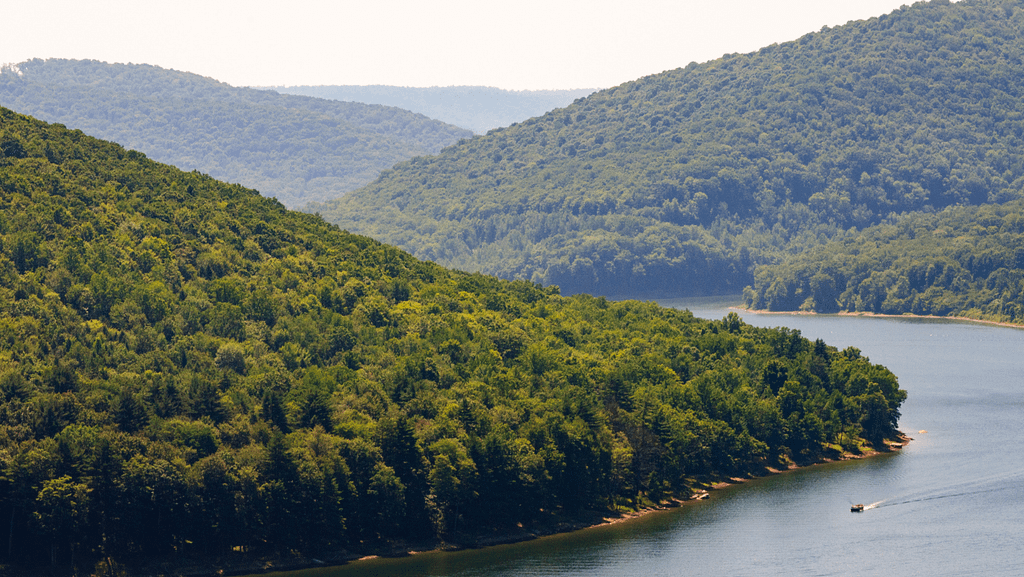
Camping in the Allegheny National Forest allows visitors to fully experience the forest’s natural splendor, with numerous campgrounds and backcountry sites available for overnight stays. Campers can choose from developed sites with amenities or venture into more remote areas for a true wilderness experience. As night falls, the forest transforms into a stargazer’s paradise, with clear skies revealing a dazzling array of stars. Whether gathered around a campfire or nestled in a cozy tent, campers savor the peaceful sounds of nature, creating memories that linger long after their visit.
Community Impact
The Allegheny National Forest significantly impacts surrounding communities by boosting local economies, fostering conservation awareness, and enhancing residents’ quality of life. Through tourism and outdoor recreation, the forest attracts visitors who contribute to the regional economy by supporting local businesses, such as restaurants, shops, and lodging establishments. Additionally, it encourages environmental stewardship as community members and visitors alike engage in conservation activities, nurturing a collective responsibility to preserve natural resources. Furthermore, the forest provides a serene refuge from urban life, offering opportunities for outdoor exploration and relaxation that promote physical and mental well-being. Consequently, the Allegheny National Forest not only enriches the local environment but also strengthens the bonds between nature and the communities it surrounds.
Essential Links
When planning a visit or seeking more information about the Allegheny National Forest, the following links are invaluable resources:
- US Forest Service
- National Forest Foundation
- Allegheny National Forest Visitor Bureau
- Pennsylvania Wilds
These links offer a wealth of information to help you make the most of your visit to the Allegheny National Forest, ensuring a memorable and enriching experience.
This post has been updated to include the latest data from June 2023, ensuring readers receive the most accurate and up-to-date information. Additionally, we’ve refined the language for enhanced clarity and readability.

